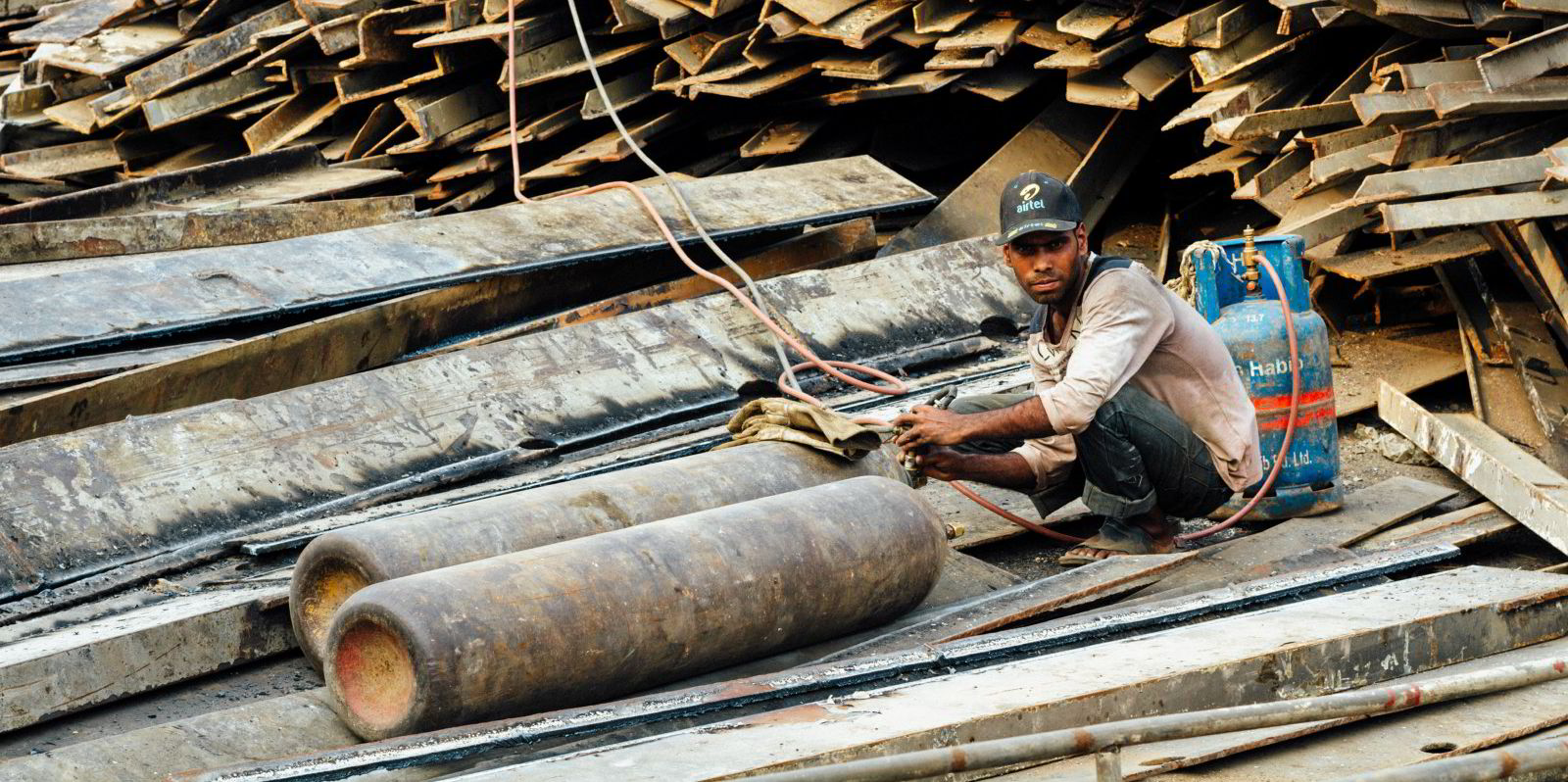Container ship demolition dropped to a 17-year nadir last year, but the pace of scrapping is now set to pick up.
Consultancy Alphaliner reported only six fully-cellular units of 10,904 teu sold to recyclers in 2022, the weakest level since 2005.
“The record years of 2016 and 2017 which saw respectively 655,000 and 417,000 teu of tonnage torched have meanwhile become a distant memory,” the company said.
Huge freight and charter rates meant owners kept trading older ships despite high scrap prices.
The first eight months of 2022 saw only the 1,727-teu Matsonia (built 1973) head to breakers. This was a Jones Act ro-ro container vessel scrapped in the US.
But falling freight rates and the collapse of charter numbers meant RCL sold its 1,248-teu Mathu Bhum (built 1990) in September.
A sister ship followed, and then three 1990s-built feeder vessels from various owners were also torched in November.
In December, Euroseas sold its 5,608-teu Akinada Bridge (built 2001) into India — the biggest boxship to leave the fleet last year.
But Alphaliner expects a “strong rally” in recycling numbers in 2023.
Spectre of over-capacity returns
“As overcapacity is expected to return this year, due to the influx of a colossal 2.4m teu of newbuild capacity in the market, owners and carriers will have no other option but to scrap a lot more tonnage than in 2022,” the company said.
Europe-based owners and operators will continue to suffer from a lack of suitable recycling facilities in the Atlantic basin, especially for larger vessels, Alphaliner argues.
The company is predicting a massive 350,000 teu to be scrapped this year, close to the busy demolition years of 2012 to 2017.
“Demolition sales have actually started off the new year on a strong note, with already 13 vessels sold to recyclers in January,” Alphaliner said.
Of these, 10 were scrapped by Taiwanese owner Wan Hai, as well as the 1,746-teu Vladivostok (built 1998), controlled by Russia’s Fesco.




